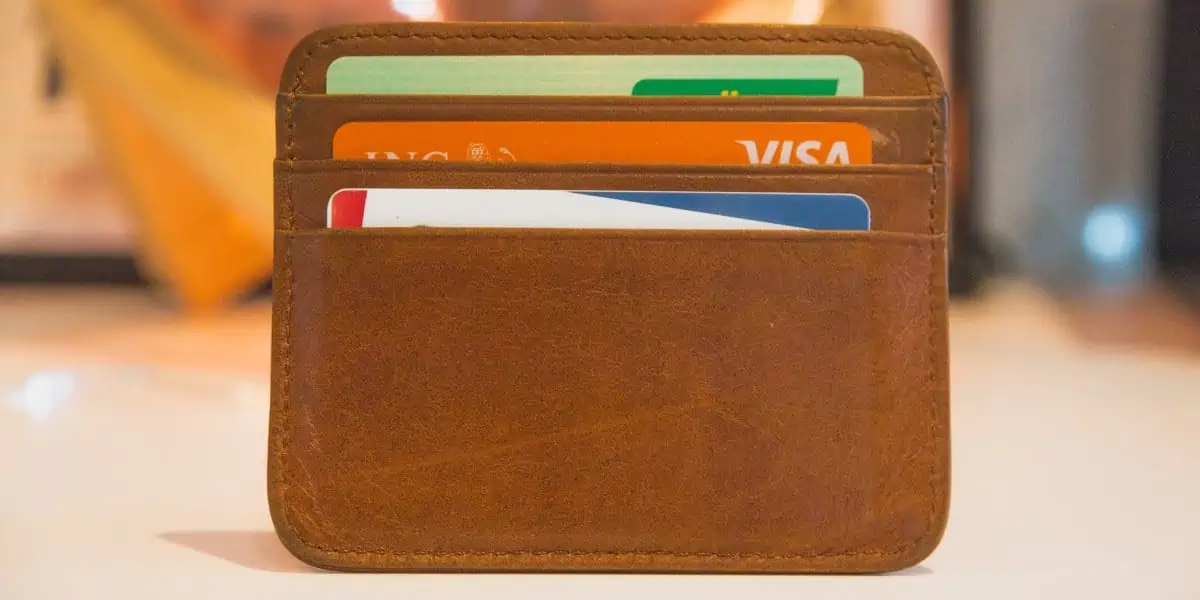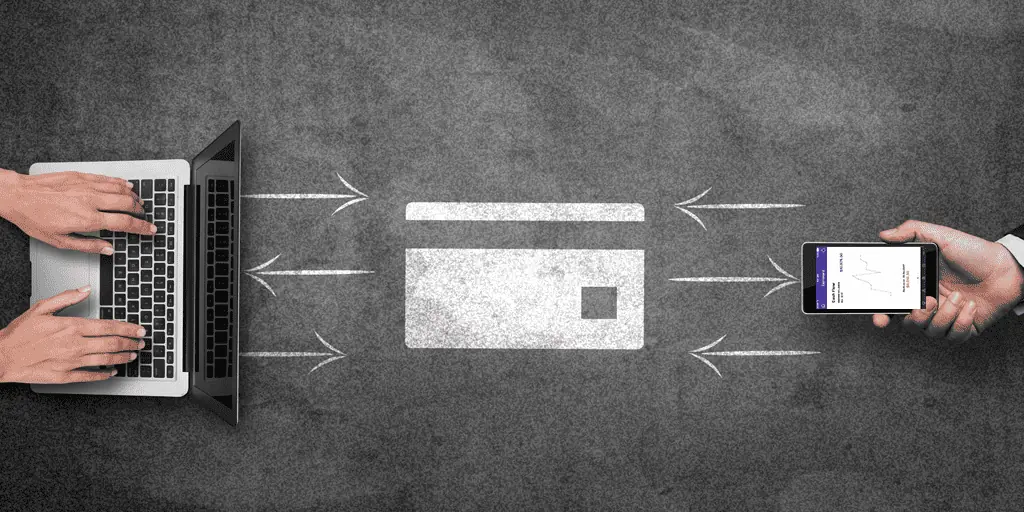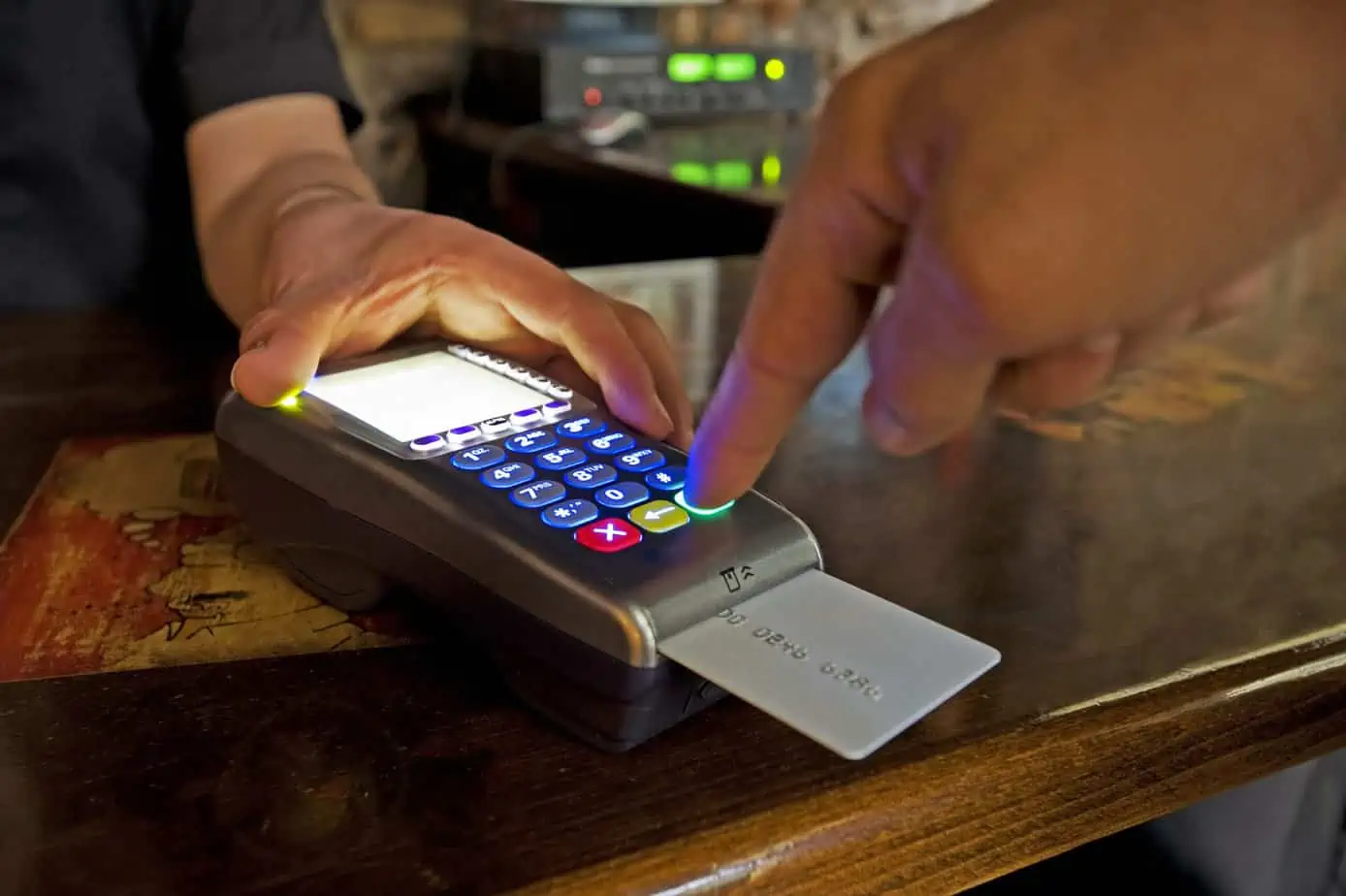In today’s digital age, embracing digital payments is crucial for any successful business. One of the key concerns for merchants, however, is the risk of debit card chargebacks. Accepting debit card payments not only allows you to connect with a broader customer base but also opens up various business opportunities. Nevertheless, it’s important to be aware of certain risks associated with these transactions, particularly debit card chargebacks, which can significantly impact your revenue stream.
In this article, you’ll learn about debit card chargebacks, how they affect merchants and the best way to deal with them.
What Is a Debit Card Chargeback?
When a consumer purchases a product or service with a debit card, its cost is credited from the cardholder’s bank and transferred to the merchant’s account upon payment. A debit card chargeback happens when the bank reverses this process because the cardholder filed a dispute. After determining the validity of the claim, the bank then draws the amount from the merchant’s account and transfers it back to the cardholder’s account, frequently with additional fees. That debit card charge is called a debit card chargeback.
The major difference between debit and credit card chargebacks lies in the type of transaction. As you can imagine, a debit card transaction involves withdrawing funds directly from the cardholder’s bank account, whereas a credit card transaction consists of remitting a debt to the issuing bank.
Therefore, customers who use debit cards spend real money, making them more likely to resolve the issue quickly and recover their losses as soon as possible. This means merchants that customers are more inclined to contact you directly to resolve issues rather than escalating the problems to the bank, thus saving you from chargeback fees.
Why do Debit Card Chargebacks Happen, and How Do They Affect Merchants?

Chargebacks exist to protect consumers from fraudulent sellers and protect their funds from being illegally used for fraudulent transactions, such as in instances of identity theft. But aside from fraud claims, chargebacks happen for several legitimate reasons such as incorrect billing, unissued refunds, unrecognized transactions, and unreceived merchandise.
Chargebacks are potentially problematic for merchants primarily because consumers who have ill intentions abuse this protection to legally get away with not paying for something they intentionally bought. Thus, they can lead to significant revenue losses if not managed closely.
Take the case of shipped merchandise, for example. In addition to losing the purchase price and the item, you must pay the shipping and interchange fees. You’re also responsible for paying chargeback fees ranging from $20 to $100 per transaction, which are non-refundable regardless of the outcome of a dispute.
In addition, your account reputation is also at risk when you receive consecutive chargebacks. If you exceed the acceptable chargeback threshold, your bank account could be frozen or permanently closed. Moreover, it can be difficult for you to open another merchant account if things get worse.
What’s the Best Way to Deal with Debit Card Chargeback?

Once you receive documentation for a chargeback from the bank, you generally have two options: accepting or contesting it. Accepting it means you lose the merchandise or service cost, and you are also liable for other associated charges for materials and processes such as shipping, interchange, and stocking. If you conclude that you have done nothing wrong, the chargeback claim filed to clear your name is worth fighting.
However, note that regardless of the outcome, you, as the merchant, are still responsible for paying the chargeback fees charged by the acquiring bank.
Chargeback Process and Resolution
The dispute process often starts with a consumer complaint, but it can also be initiated by the issuer when they identify a problem with a transaction. Whatever the case, merchants can fight back against debit card chargebacks through the strictly regulated process called Chargeback Representation. You have the right to contest an illegitimate claim, just as consumers can dispute a transaction.
Here are some basic steps you can follow after receiving a chargeback dispute:
1. Examine the claim and identify the reason
To appropriately address and counter the claim, it is crucial first to identify the reason for the dispute. Banks usually provide an alphanumeric code called Reason Code, which represents the reason for the chargeback. Use this knowledge in planning your next course of action. Visa, Mastercard, American Express, and Discover have reason codes with different dispute limits.
2. Gather and organize evidence
You can use evidence to support your dispute, including sales receipts and order forms, proof of delivery, and other relevant communication copies sent via email, social media sites, sales platforms, etc. To effectively support your case, you must organize the documents in an easily understandable manner.
3. Make a Letter
Now, it’s time to detail your case formally and outline what transpired in the transaction. Use your compiled evidence as references to solidify your claim. Writing your letter concisely, professionally, and as evidence-based as possible is essential.
4. Submit your documents
Finally, review all the documents the bank requires and submit them as instructed.
Tips to Prevent Debit Card Chargebacks

While chargebacks can be disputed, you still want to reduce the likelihood of them happening in the first place as much as possible. Follow these tips to lower the instances of chargebacks in your business:
1. Use Clear Business Names:
When customers see a transaction on their bank statement, the business name should be immediately recognizable to prevent confusion. Using an obscure or abbreviated name may lead to customers forgetting the transaction and disputing it. Always use a consistent name that matches your storefront, website, or brand, and consider adding contact information to help jog the customer’s memory.
2. Provide Detailed Descriptions:
Each transaction should include a comprehensive description of the items or services purchased. This detail helps customers remember what they paid for and confirms the transaction’s legitimacy. Detailed receipts can act as reminders of the transaction’s specifics, reducing the likelihood that a customer will mistakenly file a chargeback due to forgetfulness or confusion.
3. Implement Strong Customer Authentication (SCA):
Requiring additional verification steps during payment can significantly reduce the risk of fraudulent transactions. Methods like SMS verification codes, email confirmations, or biometric verifications (such as fingerprint scans) add layers of security. This protects your business from fraud and reassures customers about the security of their transactions.
4. Communicate Clearly and Often:
From order confirmation to delivery, keeping the customer informed at every step can prevent misunderstandings. Send timely and clear communications about what they have purchased when it ships, and when they can expect delivery. Regular updates can decrease the likelihood of chargebacks by ensuring customers feel well-informed about the status of their orders.
5. Set Realistic Expectations:
Accurately describe your products or services to avoid discrepancies between what customers expect and receive. Use clear images and descriptions, and be transparent about the functionality and limitations of your offerings. Misunderstandings about product features are common reasons for chargebacks; clear information can mitigate this risk.
6. Offer Excellent Customer Service:
Provide a responsive and easy-to-access customer service system. Quick responses to inquiries and problems can make the difference between resolving an issue and facing a chargeback. Ensure that your customer service team is trained to handle disputes effectively and can offer solutions that preclude the need for a chargeback.
7. Have a Clear Refund Policy:
Make sure your refund and return policies are visible and easy to understand. Customers should not doubt how to return a product or request a refund if dissatisfied. A straightforward and fair policy builds trust and encourages customers to contact you directly instead of filing a chargeback.
8. Monitor Transactions for Fraud:
Use advanced analytics and monitoring systems to detect unusual transaction patterns that may indicate fraud. Set up alerts for high-risk transactions, such as those that exceed a typical amount or occur at a distinctive frequency. Early detection of fraudulent activity can prevent chargebacks by stopping them before they occur, saving your business from potential losses and the hassle of dispute resolution.
Conclusion
Navigating the complexities of debit card chargebacks can be daunting for any merchant, but understanding how to manage and prevent them effectively is crucial for maintaining a healthy business. This guide has equipped you with the knowledge and tools to take proactive steps toward minimizing chargeback occurrences. Remember, each chargeback is not just a financial setback—it’s also a learning opportunity to refine your processes and enhance customer satisfaction.
As you implement the strategies discussed, remember that the online transactions and payment security landscape is ever-evolving. Staying informed about the latest payment technologies and consumer trends will help you adapt and avoid potential issues. Building a robust framework for handling transactions can transform how you engage with your customers, turning potential conflicts into moments of exceptional service. Ultimately, your efforts in managing chargebacks will reinforce your reputation as a trustworthy merchant, fostering lasting relationships with your customers and paving the way for sustained business growth.

